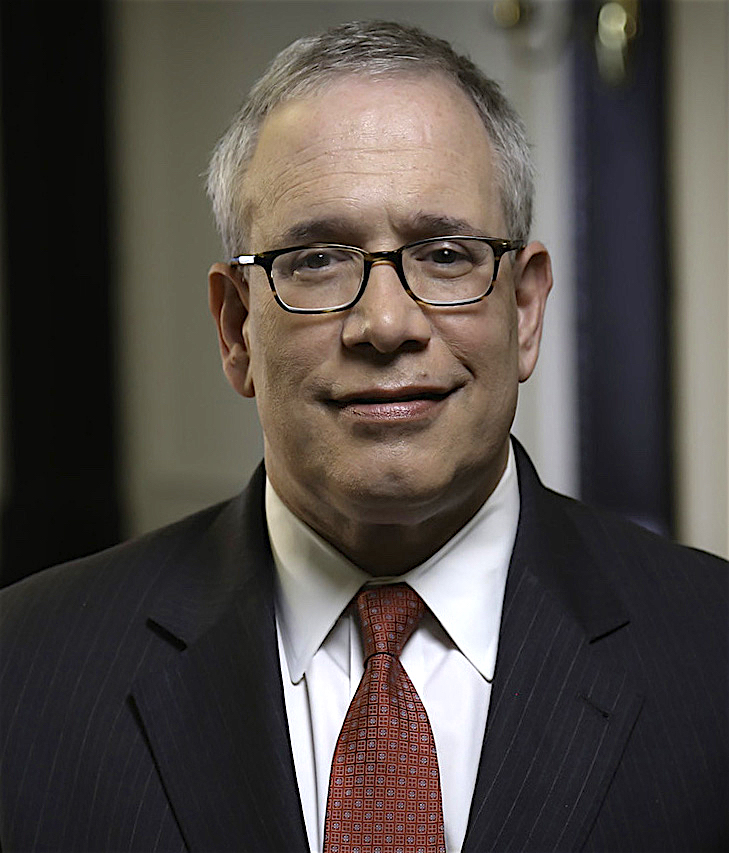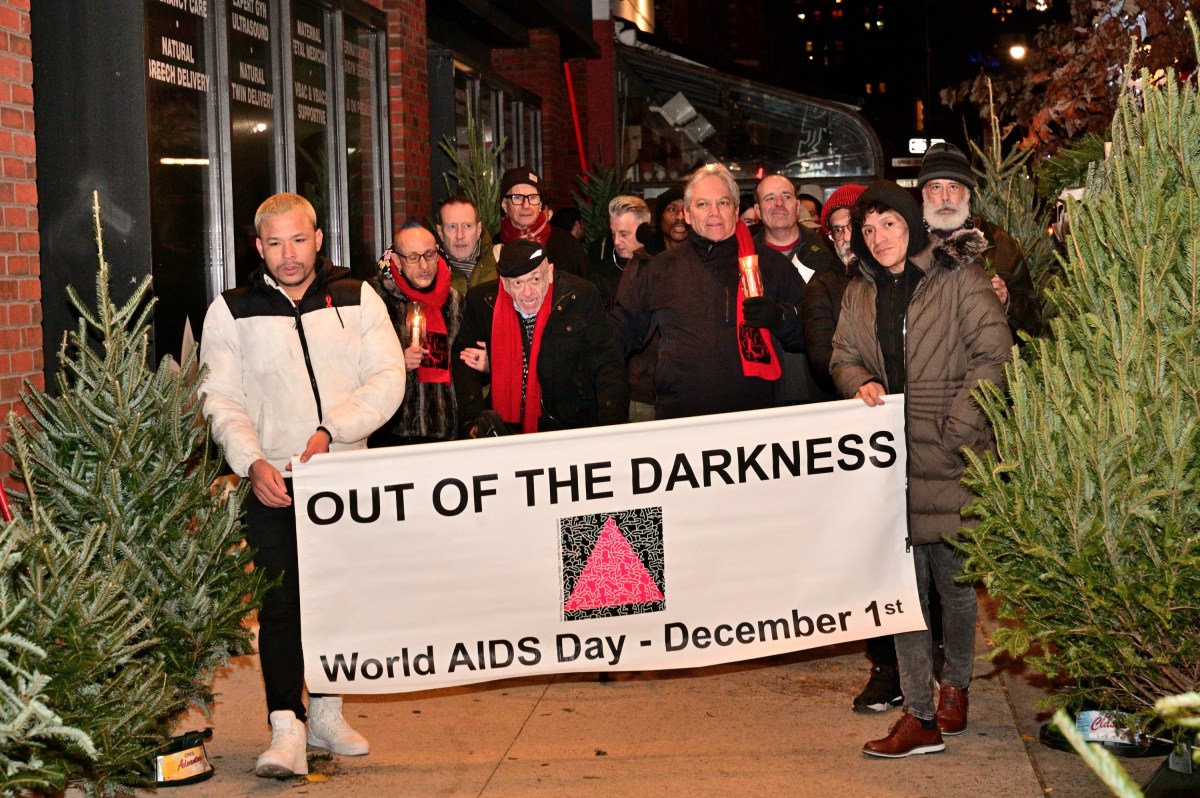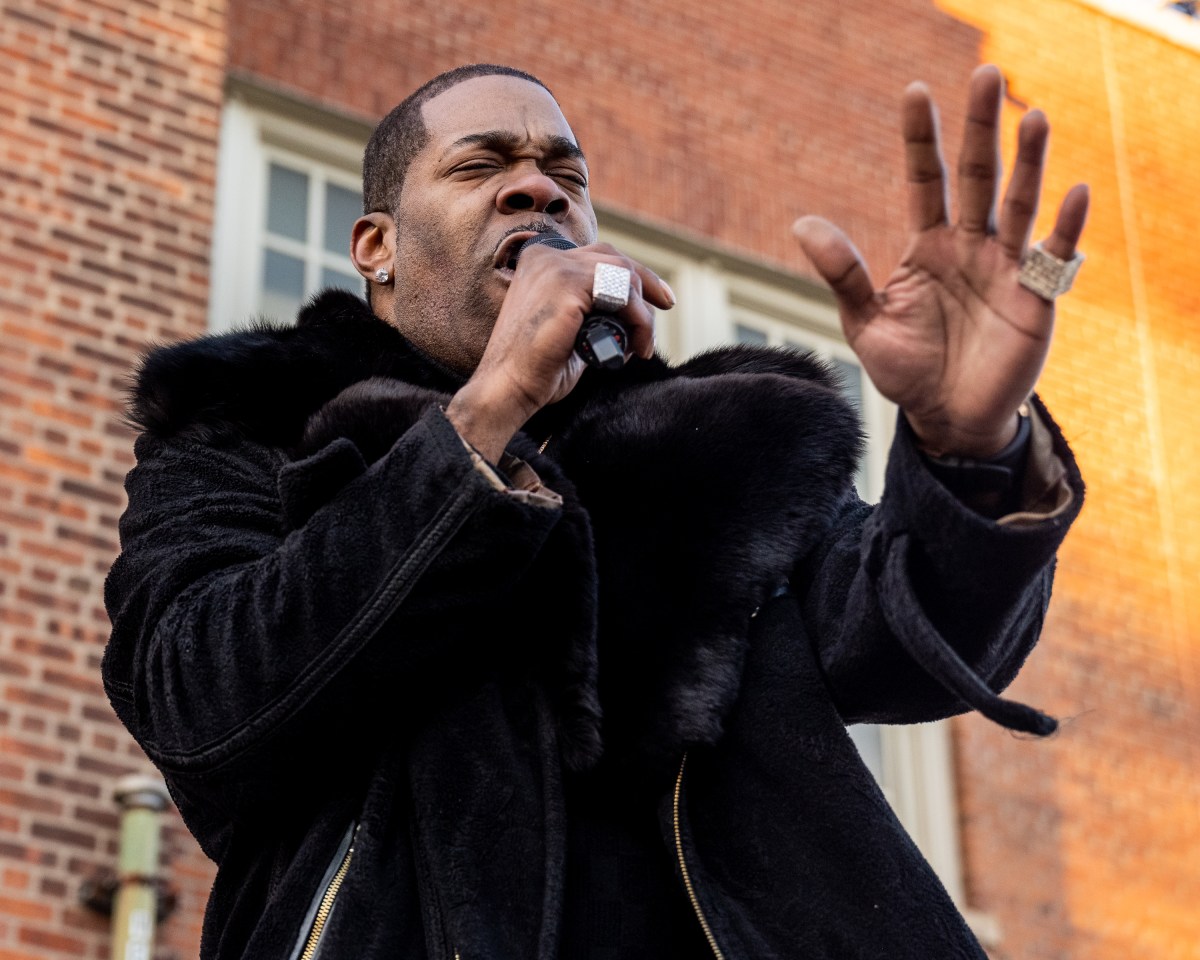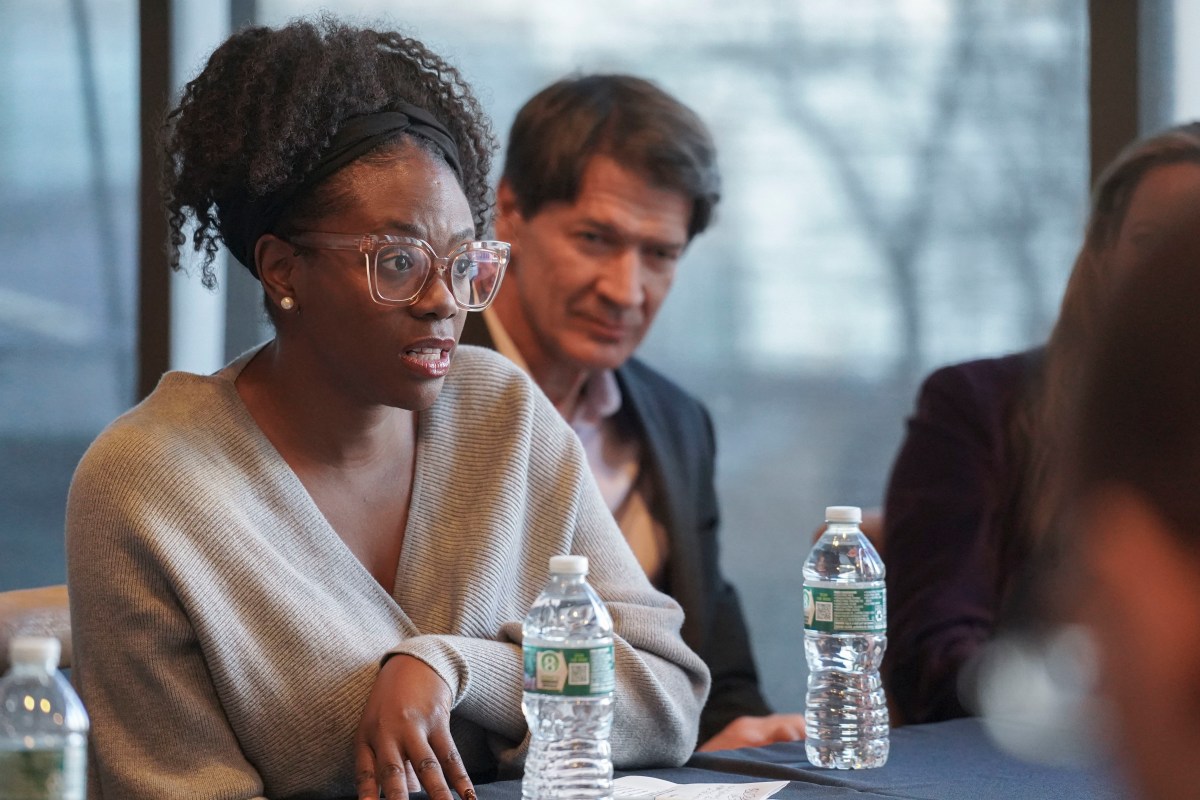BY SCOTT STRINGER | For too many New Yorkers, the American Dream is slipping further and further away. The affordability crisis we’re currently facing is fueled by many factors. But the cost of childcare — which can be more than $21,000 a year for an infant — is one major driver that must be tackled with every tool in the box.

With average costs exceeding college tuition and median rent, quality childcare is unaffordable for most families, forcing parents to rely on savings, take on debt, and cut back on work hours — or leave the workplace completely. And for parents with low incomes, the stakes are even higher. A single mother with a full-time $15 minimum-wage job would have to spend more than two-thirds of her income for a market-rate slot in a childcare center (serving children up to age 3), leaving her with less than $850 a month for rent, to put food on the table, pay medical bills and meet other basic needs.
The math simply doesn’t add up, and there’s little financial assistance to help alleviate this problem. What’s worse is that a mere 7 percent of families with infants and toddlers in the city get any government support to offset those soaring costs.
Yet it’s not just the price tag that is so burdensome on New Yorkers, it’s also the lack of services. Many people can attest that finding a slot can be significantly frustrating. That’s because half of our city’s neighborhoods are “childcare deserts,” areas where there is limited or no access to childcare and family daycare centers.
Childcare deserts are defined as neighborhoods with a ratio of childcare capacity to children of less than 20 percent. Compared to the other boroughs, Manhattan has among the fewest neighborhoods that meet that definition. However, access to childcare is unevenly distributed across the borough, with higher-income communities, like Gramercy and Chelsea, having a higher supply of childcare centers and lower-income communities tending to have access to more family daycare providers, generally a more affordable option for families. In Washington Heights, there are only enough center spaces for 1 percent of neighborhood children under 2.
We must do better for our kids.
Achievement gaps and inequality don’t start in kindergarten or pre-K, but rather at birth. Research shows that 80 percent of brain development occurs before the age of 3, so it is imperative that we break down barriers for our youngest New Yorkers during these critical years, for every child, in every zip code, to succeed.
That’s why I unveiled NYC Under 3 to deliver the largest local investment in childcare in the United States for families with children under age 3 and to bring the childcare tab down to zero for families who need the most support. Because, in the richest city in the richest country in the world, every family should have access to quality affordable childcare. Together with Manhattan State Senator Brad Hoylman, Queens State Senators Jessica Ramos, and Brooklyn Assemblymember Latrice Walker, we’re proud to have introduced legislation to make this transformational investment possible.
NYC Under 3 would triple the number of infants and toddlers in publicly-funded care from about 23,000 to 84,000 and empower roughly 20,000 parents — mostly mothers — to join or re-enter the workforce, injecting an additional $540 million a year in wages to our city’s economy.
As a father to two young boys, what I care most about is the health and wellbeing of my children. Let’s open doors so that every family in every community has a fair chance to make it here by providing real access to quality, affordable childcare.
Stringer is New York City Comptroller.



































